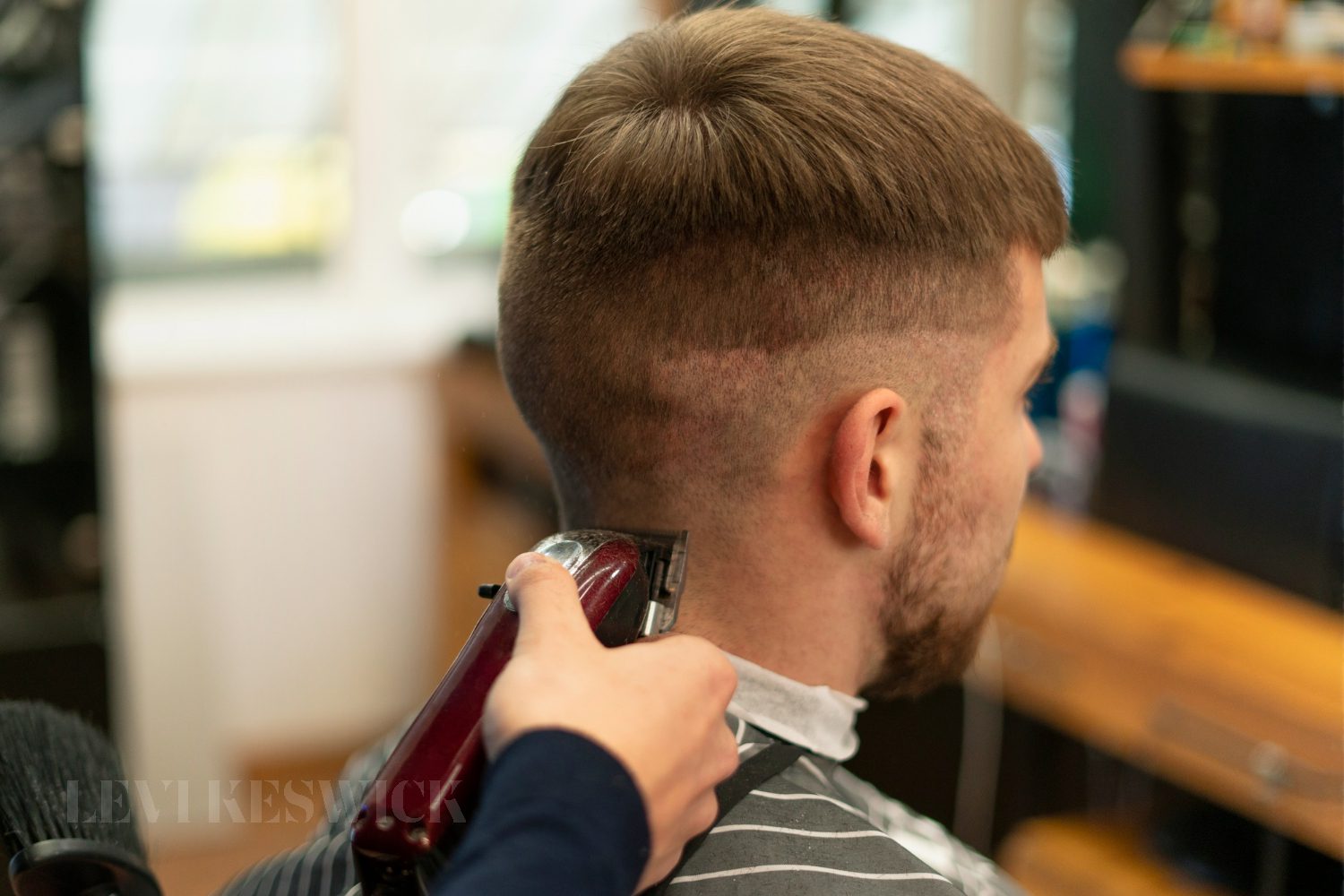Key Takeaways:
- The subtle differences between tapers and fades can significantly impact your overall look.
- Tapers present a more gradual transition in hair length, while fades give a more dramatic change.
- The taper face plays a crucial role in determining which cut best complements one’s overall style.
- Conversations with your barber, aided by visual references, can help in achieving the desired hairstyle.
Unraveling the Subtleties: Tapers vs. Fades
At the heart of every barbershop visit lies the potential for transformation. With a snip here and a clip there, one can emerge with a fresh identity. Among the myriad choices available, the debate between tapers and fades remains evergreen. Both styles, while seemingly similar, offer distinct nuances that can shape the taper face and overall appearance.
The Classic Taper
The taper has long been a staple in the grooming world. Characterized by its gentle and gradual reduction in length from the top to the sides and back, the taper is the embodiment of subtlety. While it may seem unassuming, the taper’s variations lend themselves to diverse aesthetic appeals.
- Low Taper: Beginning its descent just above the ears, the low taper ensures a refined appearance without excessive scalp exposure.
- High Taper: Venturing further up, the high taper offers a bolder contrast between the longer top and shortened sides.
- Tapered Neckline: This intricate detailing around the neckline can serve as a complementary finish, ensuring a harmonious blend with the rest of the hair.
- Skin Taper: A daring take on the classic, the skin taper fades into the scalp, adding a contemporary touch.
The Dramatic Fade
In contrast to the taper’s understated elegance, the fade is a statement piece. With its stark transitions, it is often the choice for those seeking a sharp, modern look.
- Low Fade: Sharing similarities with its taper counterpart, the low fade’s distinguishing feature is its abrupt shift in lengths.
- Drop Fade: A deviation from the standard fade, the drop fade curves around the ear, making for a unique silhouette.
- Skin Fade: Merging the fade’s essence with the skin taper’s finish, this style is both edgy and clean.
- Undercut Fade: Perfect for long-haired individuals, this variant emphasizes the length disparity, creating a distinct taper face profile.
- Faux Hawk Fade: Melding the mohawk’s spirit with a fade’s precision, this style strikes a balance between rebellious and sophisticated.
Deciphering the Taper Fade Mystery
Venturing into the realm of barber terminology, one might stumble upon the term ‘taper fade’. While it might sound like a hybrid, it’s essential to recognize that this isn’t a distinct hairstyle. It underscores the importance of clear communication with your barber, preferably supported by visual references, to ensure your vision is realized.
Complementary Styles: The Fade Comb Over
Evolution in the hairstyling domain has rejuvenated certain styles, like the comb over. No longer just a remedy for thinning hair, the modern comb over, especially when paired with a fade, exudes a contemporary charm harmonizing with facial hair.
Concluding Thoughts: Trusting the Taper Face Journey
While the array of options might seem overwhelming, the key lies in understanding your taper face and desired look. Engaging in discussions with a trusted barber, coupled with visual inspirations, can guide you to the haircut that resonates with your personal style. Whether you lean towards the classic allure of tapers or the audacious spirit of fades, remember that each cut is a step towards self-expression.








